Daniel Nemirovsky
Providing Actionable Feedback in Hiring Marketplaces using Generative Adversarial Networks
Oct 06, 2020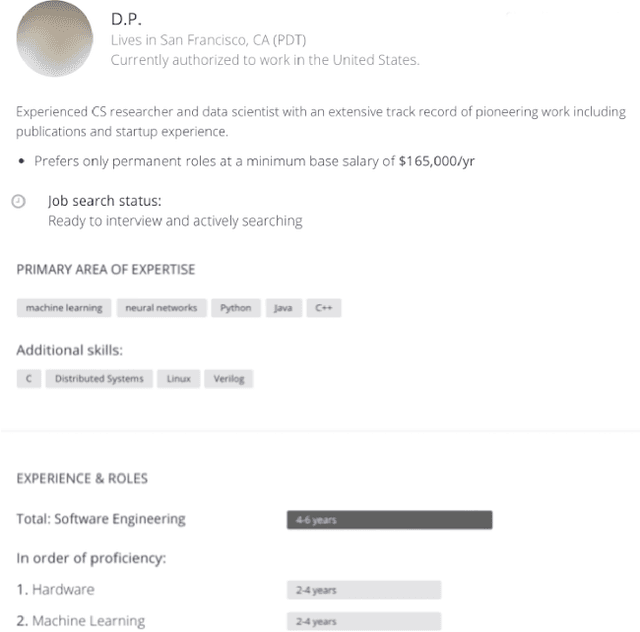

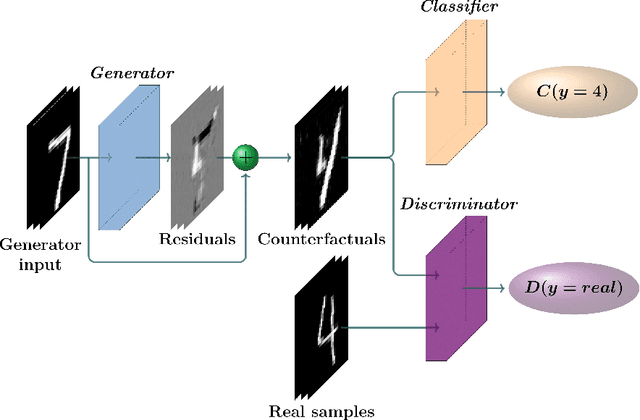

Abstract:Machine learning predictors have been increasingly applied in production settings, including in one of the world's largest hiring platforms, Hired, to provide a better candidate and recruiter experience. The ability to provide actionable feedback is desirable for candidates to improve their chances of achieving success in the marketplace. Until recently, however, methods aimed at providing actionable feedback have been limited in terms of realism and latency. In this work, we demonstrate how, by applying a newly introduced method based on Generative Adversarial Networks (GANs), we are able to overcome these limitations and provide actionable feedback in real-time to candidates in production settings. Our experimental results highlight the significant benefits of utilizing a GAN-based approach on our dataset relative to two other state-of-the-art approaches (including over 1000x latency gains). We also illustrate the potential impact of this approach in detail on two real candidate profile examples.
CounteRGAN: Generating Realistic Counterfactuals with Residual Generative Adversarial Nets
Sep 11, 2020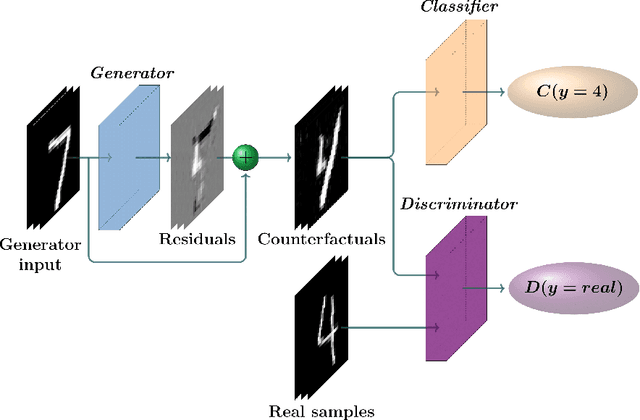
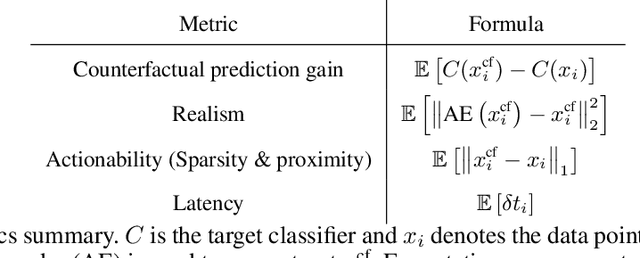
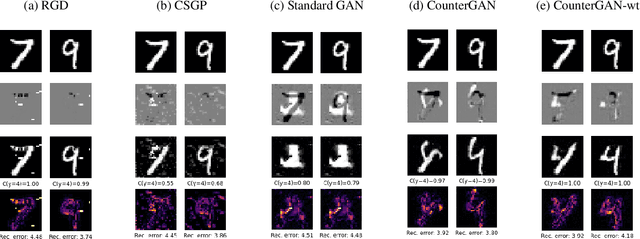

Abstract:The prevalence of machine learning models in various industries has led to growing demands for model interpretability and for the ability to provide meaningful recourse to users. For example, patients hoping to improve their diagnoses or loan applicants seeking to increase their chances of approval. Counterfactuals can help in this regard by identifying input perturbations that would result in more desirable prediction outcomes. Meaningful counterfactuals should be able to achieve the desired outcome, but also be realistic, actionable, and efficient to compute. Current approaches achieve desired outcomes with moderate actionability but are severely limited in terms of realism and latency. To tackle these limitations, we apply Generative Adversarial Nets (GANs) toward counterfactual search. We also introduce a novel Residual GAN (RGAN) that helps to improve counterfactual realism and actionability compared to regular GANs. The proposed CounteRGAN method utilizes an RGAN and a target classifier to produce counterfactuals capable of providing meaningful recourse. Evaluations on two popular datasets highlight how the CounteRGAN is able to overcome the limitations of existing methods, including latency improvements of >50x to >90,000x, making meaningful recourse available in real-time and applicable to a wide range of domains.
 Add to Chrome
Add to Chrome Add to Firefox
Add to Firefox Add to Edge
Add to Edge